Safari in Zambia – South Luangwa without a vehicle
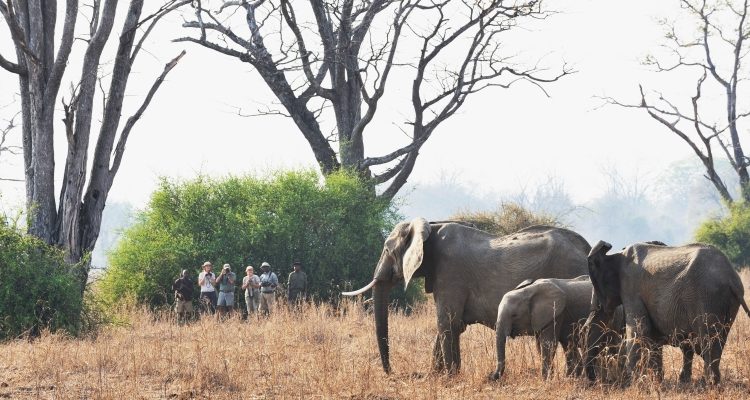
Huge, wild, relatively unpopulated, and not so well known, Zambia is among the very best of Africa’s wildlife destinations, and a firm favourite of Aardvark Safaris’ team – several having worked in the South Luangwa valley. Along with very beautiful and fertile wildlife habitats, it has some fantastic geographical features, such as Victoria Falls, the Barotse plateau, Bangweulu swamps, the Zambezi River, and a side branch of the Great Rift Valley called the Luangwa Valley.
The Luangwa Valley is not especially dramatic, rather a broad expanse of floodplain between two escarpments containing a seasonally powerful eponymous river, which rises in the northeast corner of Zambia, close to the Malawi and Tanzania borders, and flows roughly south west for 770 kilometres until it joins the Zambezi. Despite its relatively short length, it’s one of the largest remaining unaltered rivers in Africa, without dams to impede or modify its seasonal flow. It’s also one of the major tributaries of the Zambezi.
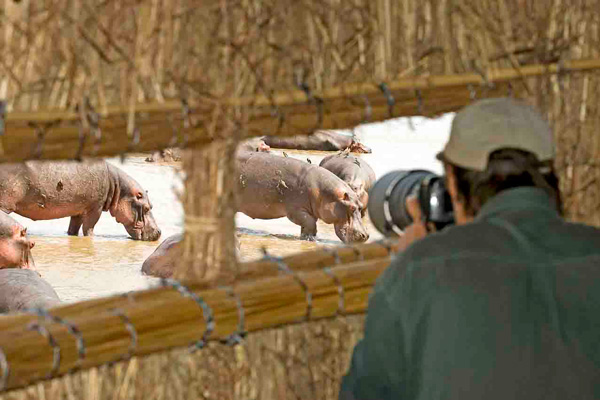
One of several photographic hides at Kaingo Camp
South Luangwa National Park is the best known wildlife reserve in the Luangwa Valley, and the southernmost and largest of three in the valley. At just over 9,000 square kilometres it is about the same size as Wiltshire, Dorset and Somerset combined. The river meanders southwards along the eastern boundary of the park, and thanks to being allowed to vary its flow seasonally it still changes course over time and leaves a series of loops, bends, oxbow lakes and lagoons, and plenty of good grazing. This topography supports a wealth of wildlife throughout the long dry season which runs from March to the end of October, and South Luangwa has large numbers of buffalo, elephant, hippo, wildebeest, zebra, giraffe, kudu, impala and plenty of other herbivores. These in turn support an amazing number of predators, with lion, hyena and wild dog often seen. South Luangwa is especially well known for leopard sightings, and is one of the very best places to see these magnificent cats.
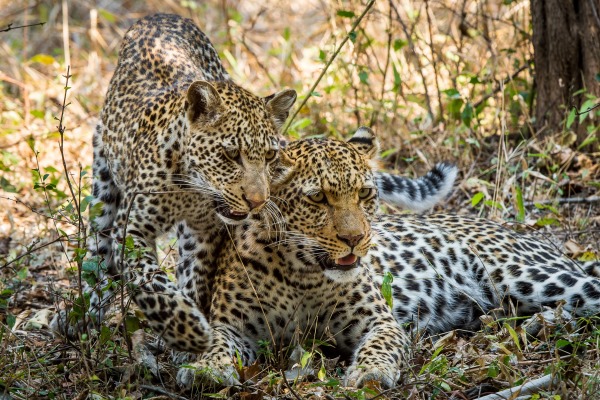
The South Luangwa National Park is a leopard hotspot. This pair spotted on a game drive from Tena Tena
The landscape in the park is a wonderful mix of open grassland, woodland savannah, occasional dense thickets, riverine forest, and a lot of grassland dotted with huge trees reminiscent of classic English parkland. The black cotton soils are very fertile and hold plenty of water, so trees grow to great size, and are a particular feature here.
Naturally, much of a guest’s time in South Luangwa is spent in a vehicle, getting close to so many big animals to allow observation and photography in safety. There are however plenty of ways to enjoy this superb wilderness outside the confines a car.
Walking safaris
The now-legendary Norman Carr began walking safaris in Zambia in the 1950s, at a time when the great majority of African safaris still involved shooting things. He was way ahead of his time, and realised that it was crucial for the local people to benefit from wildlife and the revenues that tourism brings. He also fervently believed that you could not understand Africa unless you walked through some of it, could hear the roar of a lion, the rumbling of an elephant or the honk of a hippo while on foot, and feel the continent under your feet. His views have a certain relevance in this era of greater environmental awareness, and walking is a wonderful way of reducing the impact of tourism and maintaining a light footprint.
Zambia is even now seen as the home of the walking safari, and it has among the best trained guides and national parks’ scouts in Africa. Walking safaris can be as short as an hour or two at Kaingo, Kuyenda or Mchenja, or as long as a week with a Robin Pope Walking Safari or the Chikoko Trail. There’s no other country which has so many camps that are largely dedicated to walking safaris alone, examples of which include Luangwa Bush Camping, Luwi, and Mapazi.
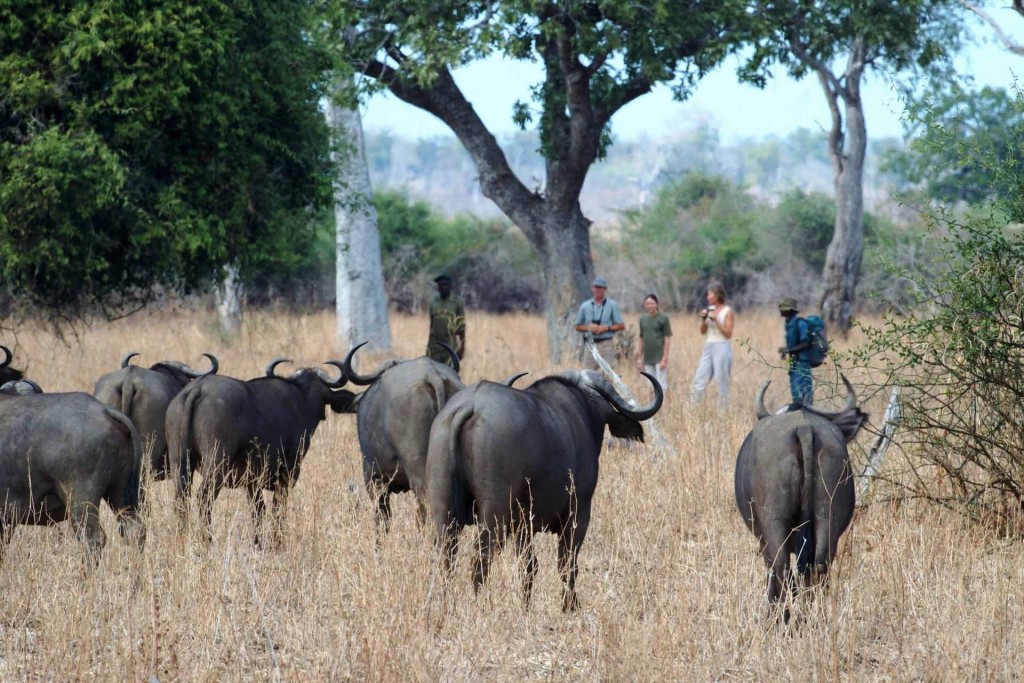
Walking safaris with Chikoko Trails
South Luangwa is also a wonderful place for walking from camp to camp, and several safari operators have a number of camps that can be linked into an itinerary in this way.
Photographic hides
One of the lovely things about South Luangwa is the seasonal variations in river levels, wildlife and bird populations, and the influx of migrant birds. The southern carmine bee-eater is one of the most flamboyant species in Africa with bright red and blue plumage. It arrives in South Luangwa in huge numbers in August or September in time for its breeding season, and gathers in large colonies to build nests in the river’s banks. Several camps including Kaingo, Tafika, and Tena Tena install hides close to nesting colonies allowing guests to get some phenomenal photographs of these stunning, beautiful and very sociable birds.
Kaingo also has a hide positioned above a spot where elephants choose to cross the river, and another close to a large pod of hippo. Away from the river, camps such as Mwamba, Luwi, Nsefu, Puku Ridge, and Luangwa Safari House have hides placed beside waterholes, offering more wonderful photograhic opportunities.
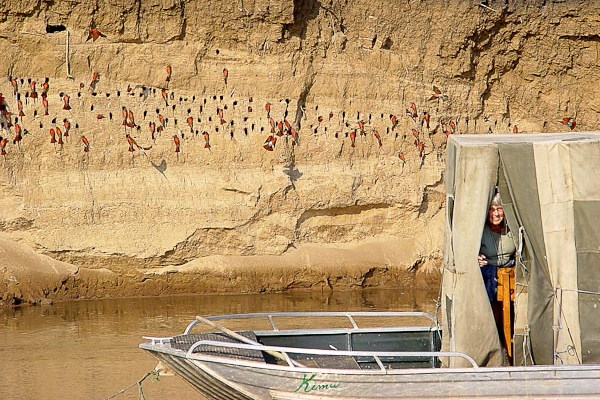
Ingenious hides at Kaingo Camp allow superb photography opportunities
Many of the guides working in South Luangwa are accomplished photographers, and they will help guests to get the best possible images. We can also arrange for guests to join a professional photographer on safari. Please ask us for advice if you’ve a particular interest in photography.
Sleep outs
Spending a night under the stars is a truly fantastic experience in Africa. For one thing, the skies are clearer than almost anywhere else on Earth and there seems to be an infinite number of microscopic specs of light overhead. The nights rarely get cold enough for discomfort in South Luangwa, which also makes it ideal for sitting round a campfire while dinner is cooked on it, and then sleeping out under the glowing sky.
The Return to the Wild Sleepout in the Luwi riverbed is great, and a little unusual in being at ground level instead of in a treehouse; it’s a thrilling way to spend the night, watching for eyes illuminated by the watch fires around the camp. In the morning, checking for animal tracks in the sand around the camp is both fascinating and exciting. Guests have the option to walk to this sleep-out from several of Time and Tide’s camps, including Nsolo and Kakuli.
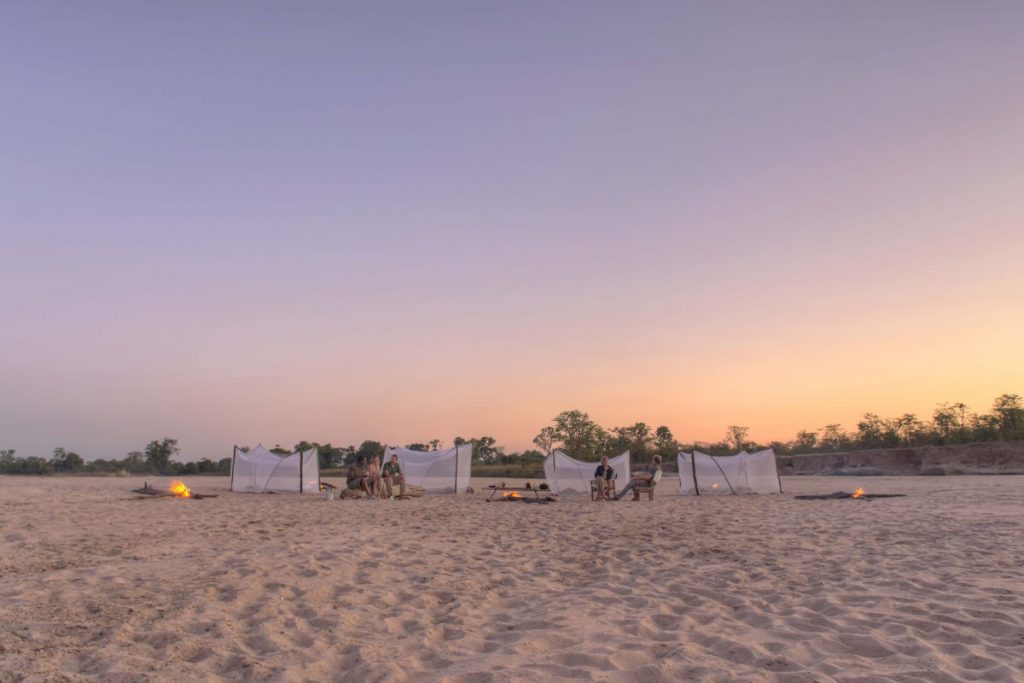
Sleep out with Return to the Wild, one of the most adventurous there is
Kaingo’s Elephant Hide is a lovely tree house platform for a night under the stars with the chance of elephant action underneath. The Numbu Hide at Mwamba is also above ground in a tree, and set away from the river on a wide open grass plain. Puku Ridge has the more luxurious option of a rooftop sleep-out bed above the bathrooms of their tents.
Local community visits and Kawaza Village
Norman Carr was visionary and realised 70 years ago that the local people are of critical importance to the success of any conservation and wildlife protection initiative. Most of the guides, lodge managers, and plenty of senior managers in the various safari businesses were born and raised in the Luangwa valley, and their involvement in tourism further bolsters the conservation efforts of so many organisations here. With many of these gifted people being elders and respected figures in their communities, it’s always a joy to visit their extended families and to learn more about the lives of the local people, and the challenges they face sharing the land with the wildlife. Flatdogs, Tafika and Robin’s House are great places from which to arrange such visits.
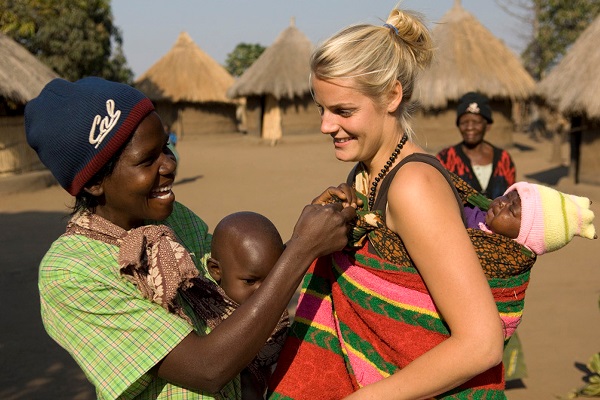
Visiting Kwaza Village whilst staying at Robin’s House
It’s also possible to spend a night in Kawaza village, which is largely authentic and has facilities suited to tourists in addition to being a traditional Zambian settlement. While staying here, guests eat local food, get to see how families live, and watch school lessons and farming tasks. Please let us know if this is of interest.
Mountain biking
Riding a bike through the African bush is a wonderful way to get some exercise and to see a bit more of the vegetation and small things that are missed from a vehicle. It’s also a good way of understanding how many African people must feel as they pedal their way from farm to home or vice versa.
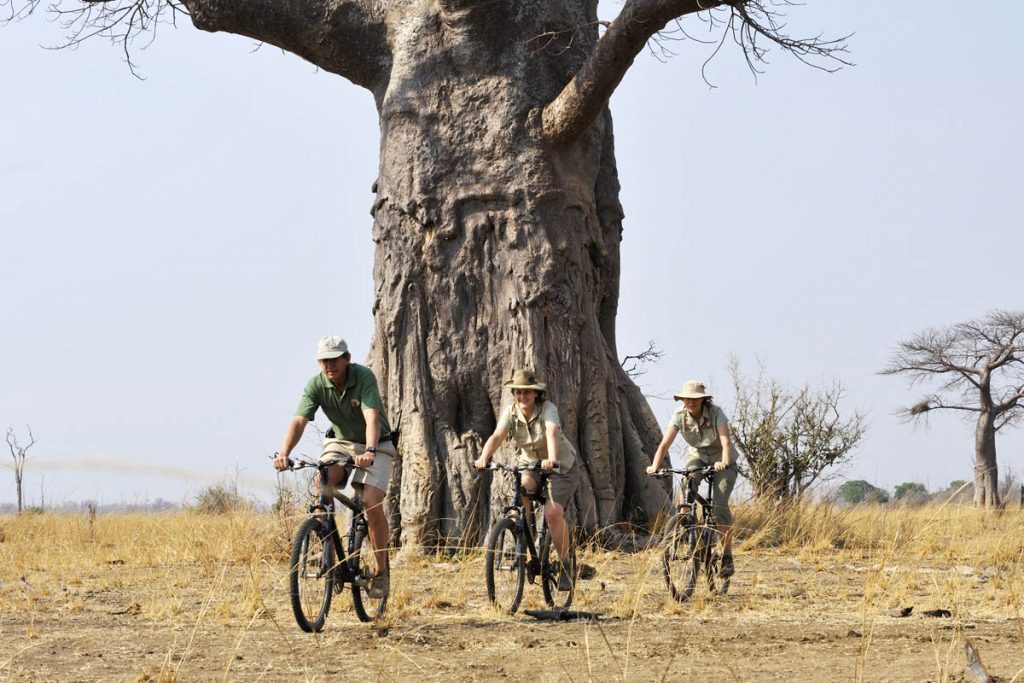
Cycling through the bush from Tafika Camp
Although there are very few hills of any kind in the valley itself, riding on rough and sandy ground is still a decent challenge. Tafika Camp offers mountain biking during the afternoon, and it can be combined with visiting a local village or joining an a night drive by safari vehicle.
Boat trips
Thanks to the absence of dams upstream on the Luangwa River, water levels vary greatly through the seasons. During the ‘Emerald’ season as it’s often known, the end of December to April, boats are a great way to navigate the river and the only way to get far into the park itself. Chinzombo, Nkwali, Kakuli, and Nsefu are among the camps offering boat cruises during this beautiful time of year.
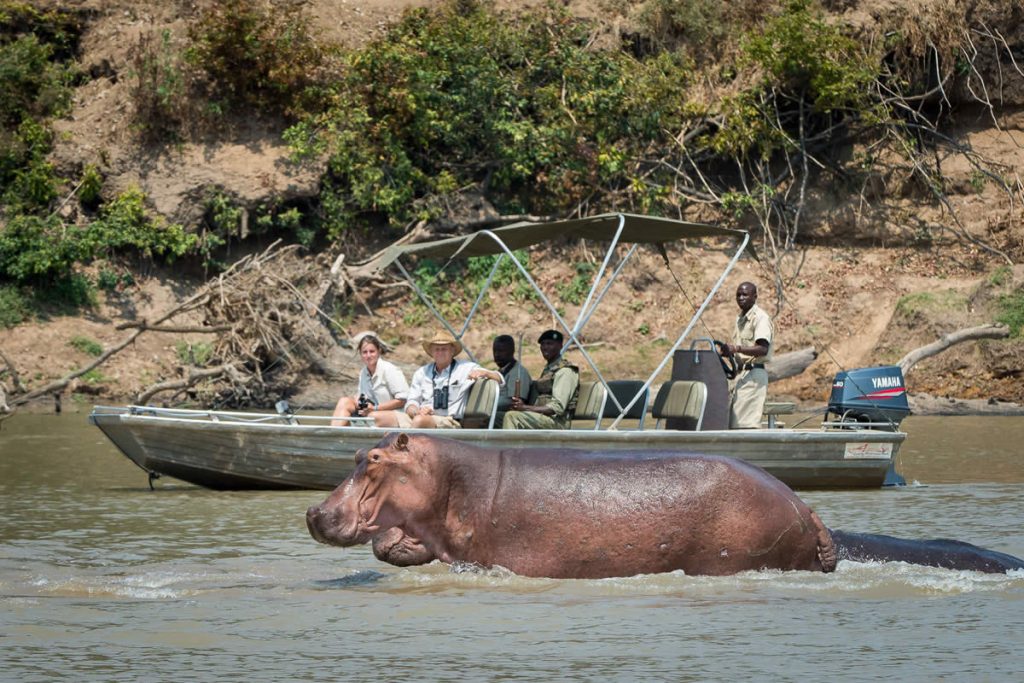
Exploring by boat from Nsefu Camp
What Next?
Let us know if you would like itinerary ideas to explore Zambia’s South Luangwa Valley without a vehicle and we’ll put something together for you. Give us a call, or drop us an email and we’ll respond as quickly as we can – usually on the same day. We very much look forward to talking to you.
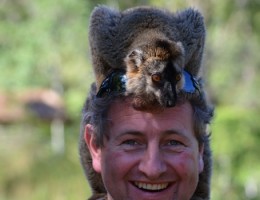
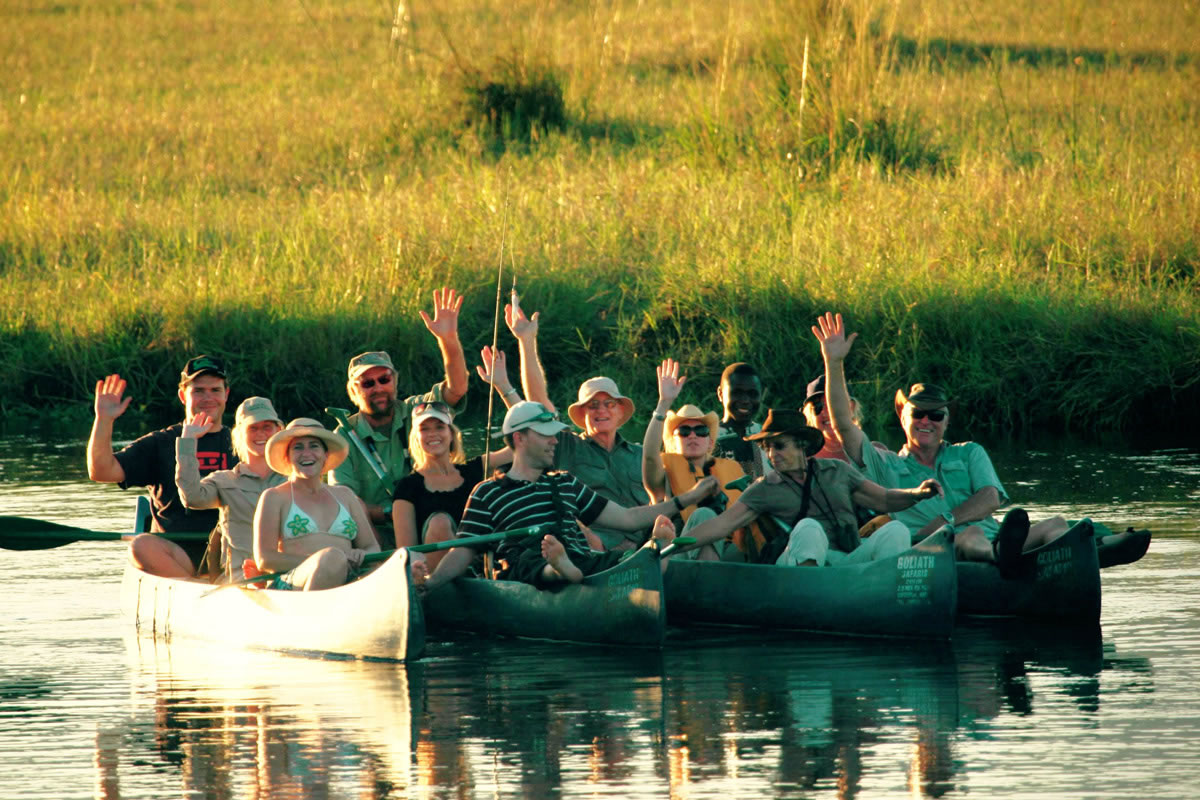
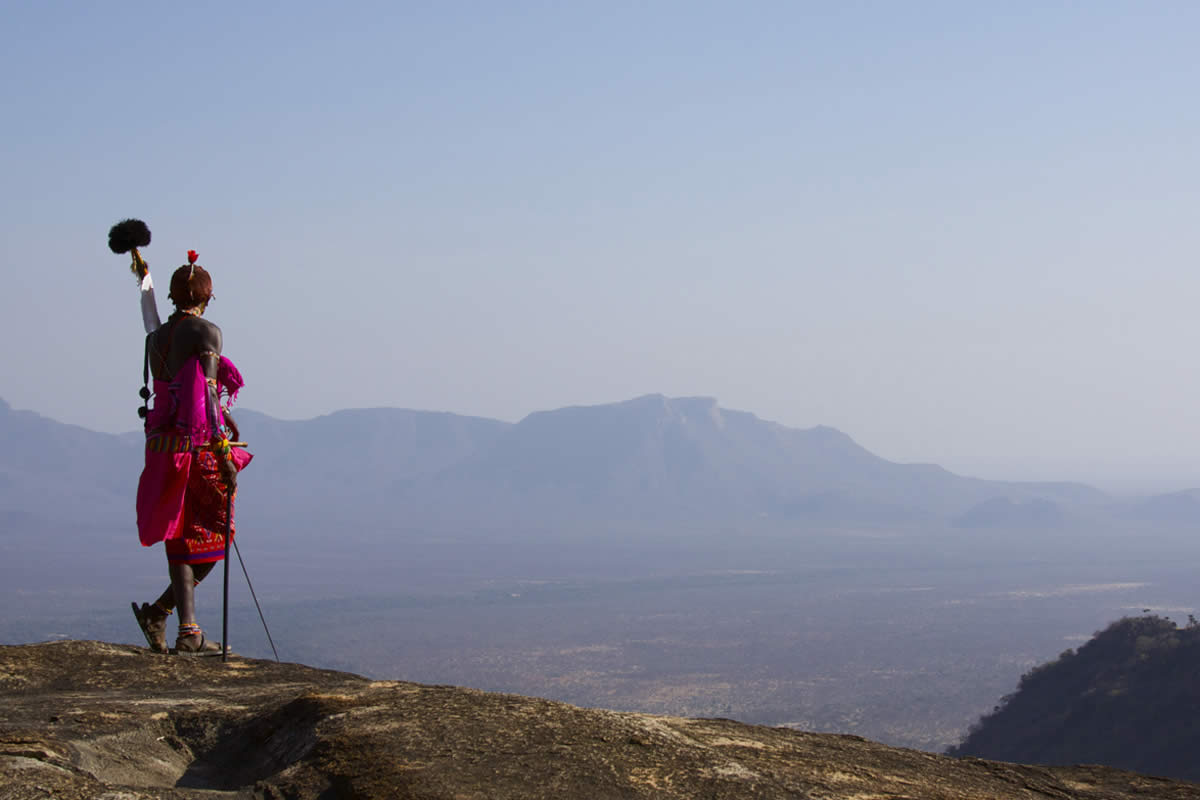
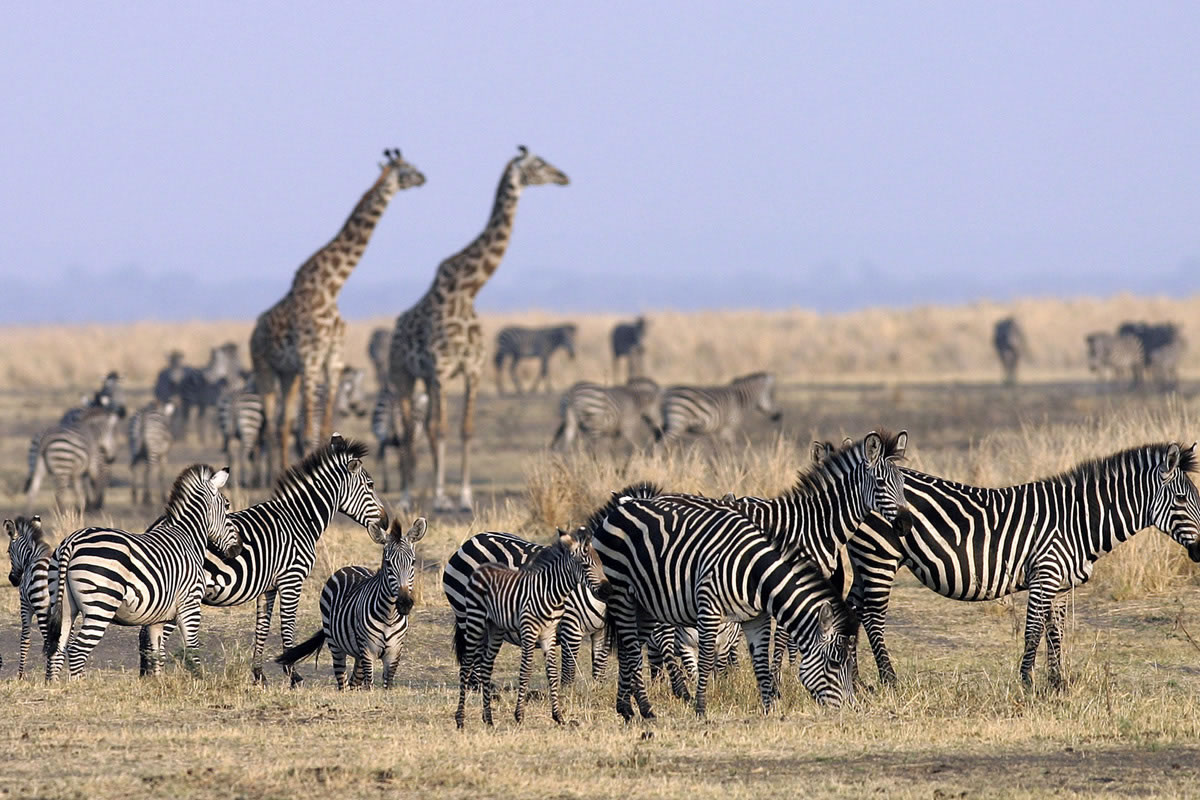

Leave a Reply